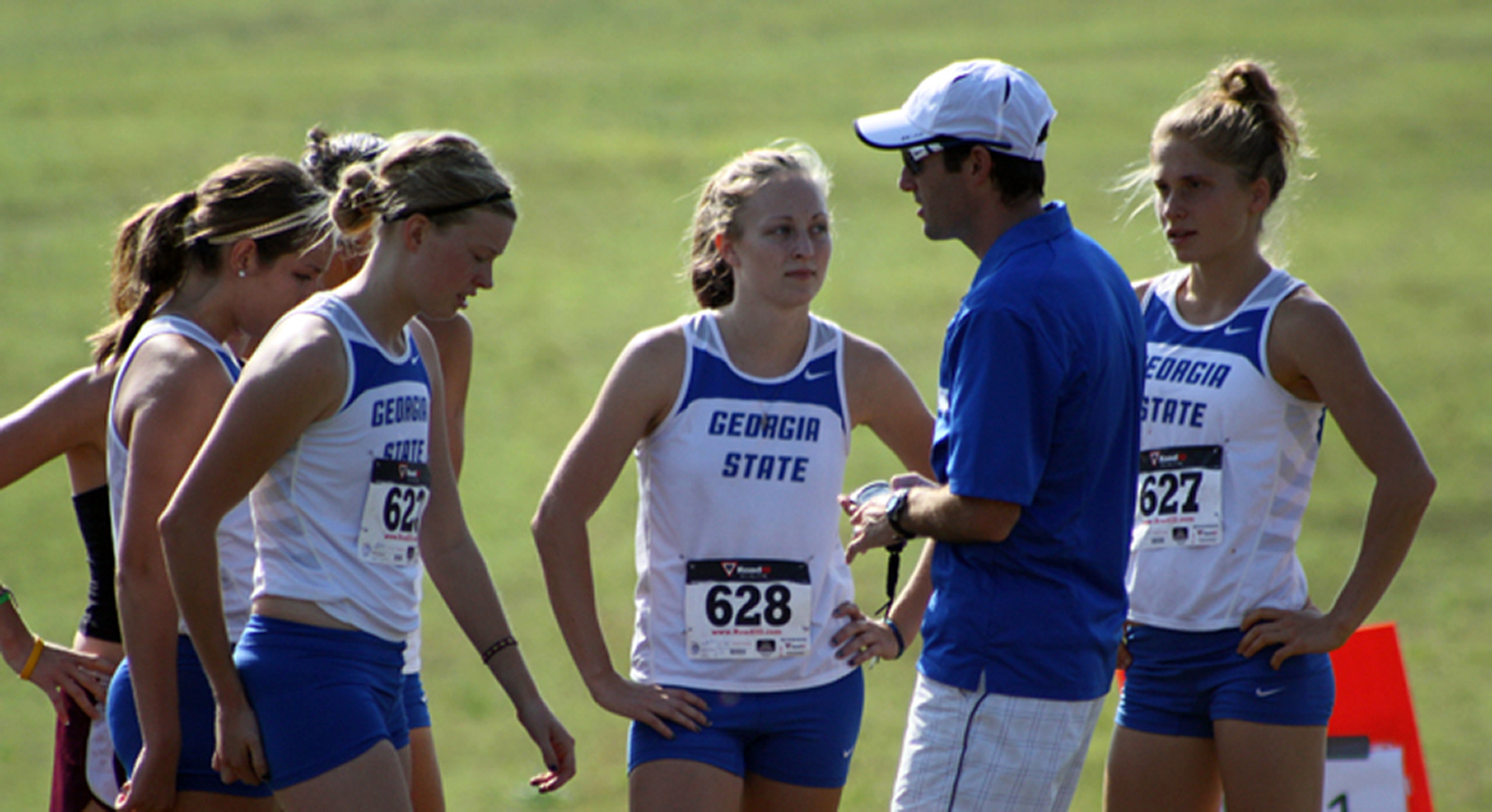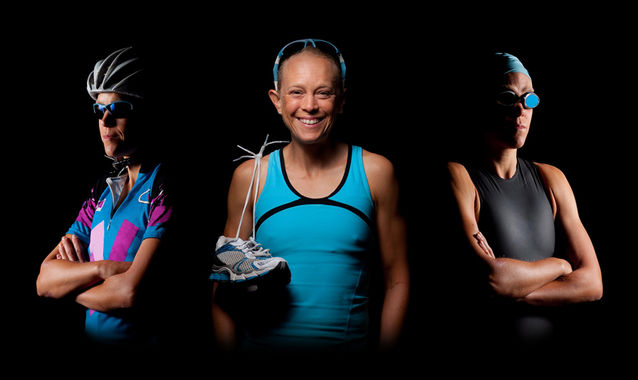Coaching without Periodisation
Coaching 101. Plan.
Buy a copy of Bompa’s classic text on Periodisation, get out there and plan, plan, plan.
You just can’t coach without first developing a written down, detailed, systematic periodised annual training plan.
There is another way. (more…)





